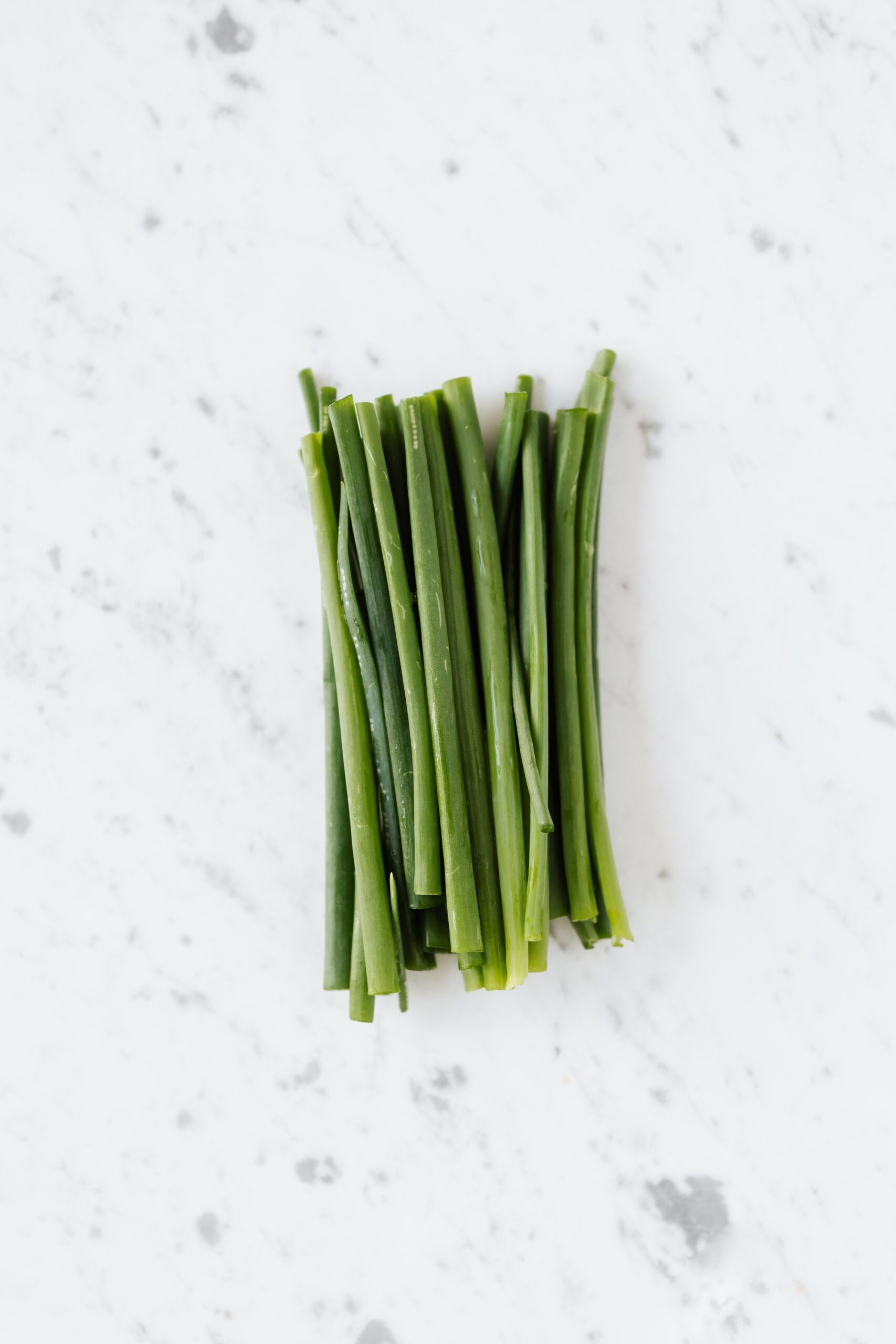
Spring onions, with their vibrant green stalks and oniony flavour, are a common ingredient in many dishes. However, what if you don’t have them on hand? Fear not! In this article, we’ll explore a variety of substitutes for spring onions, ranging from different types of onions to related alliums and herbs. Whether you’re looking for a milder flavour or need a substitute in a pinch, we’ve got you covered.
What are Spring Onions
Spring onions, also known as green onions or scallions, are young onions harvested before they fully mature into bulb onions. They are characterized by long, slender green stalks and small, white or pale green bulbs. Spring onions are part of the Allium family, which includes onions, garlic, leeks, and shallots.
Can Any Onion Be a Spring Onion?
No, not all onions can be considered spring onions. Spring onions specifically refer to young onions that are harvested before they develop into fully mature bulb onions. While all spring onions are onions, not all onions are spring onions.
Spring onions are characterized by their slender, elongated green stalks and small, white or pale green bulbs. They have a milder flavour compared to mature onions, making them suitable for both raw and cooked applications. The green stalks of spring onions are often used as a garnish or chopped and incorporated into dishes, while the bulbs can be used similarly to mature onions but with a milder taste.
On the other hand, mature bulb onions, such as red onions, yellow onions, or white onions, are harvested when the bulbs have fully developed and reached their optimal size. These onions have a stronger and more pungent flavour compared to spring onions. They are commonly used as cooking ingredients, whether sautéed, caramelized, or incorporated into various recipes.
While it’s not possible for any onion to be a spring onion, different types of onions can be used as substitutes for spring onions depending on the desired flavour and texture in a particular dish. Some onions, like green onions (scallions) or shallots, can serve as suitable substitutes for spring onions due to their milder taste and green stalks.
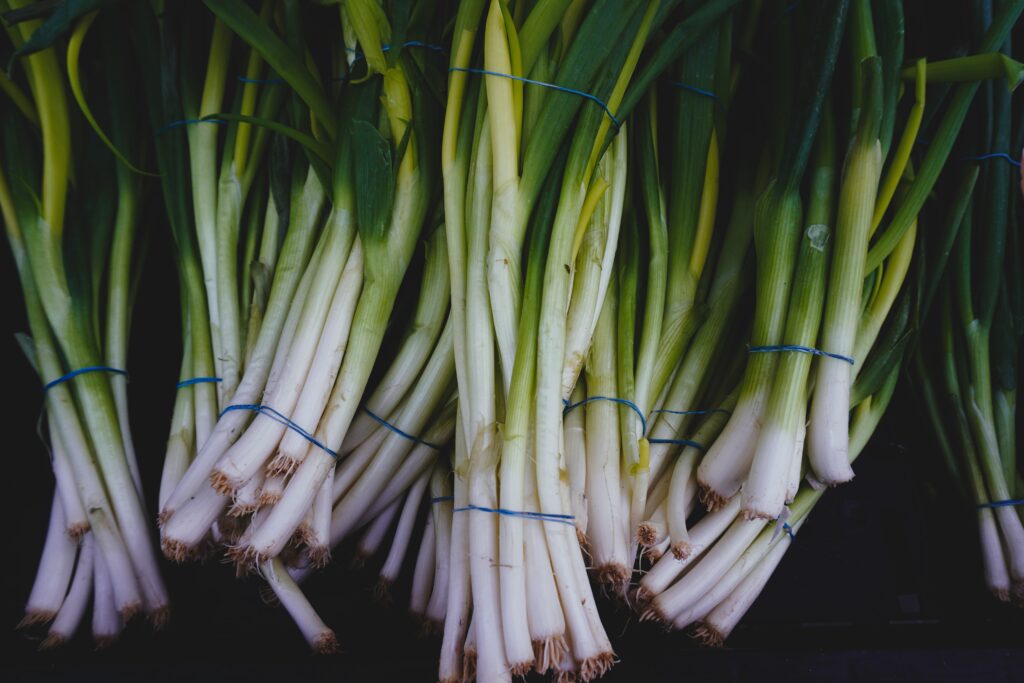
What does spring onion taste like?
These onions are typically milder in flavour compared to mature onions, with a subtle oniony taste that adds a fresh and crisp element to various dishes. The green stalks have a mild onion flavour, while the bulbs offer a slightly stronger taste. Both parts of the spring onion can be used in cooking, depending on the recipe and desired intensity of flavour.
What to do with Fresh Spring Onion
Spring onions are versatile and can be used raw or cooked in a wide range of dishes, such as salads, stir-fries, soups, omelets, and garnishes. They are often sliced and used as a topping or ingredient to add a touch of onion flavour and a vibrant green color to the dish.
- Butter Braised Spring Onions
- Summer Open Faced Turkey Burger
- Asparagus and Pea Pasta Salad
- Green Onion and Gouda Scones
- Potato and Spring Onion Frittata
- Spring Onion Soup
When are Spring Onions in Season?
These onions are commonly available in grocery stores, especially during the spring and early summer months when they are in season. They can be found alongside other fresh produce, usually bundled together or sold in bunches. When selecting spring onions, look for firm bulbs and vibrant green stalks.
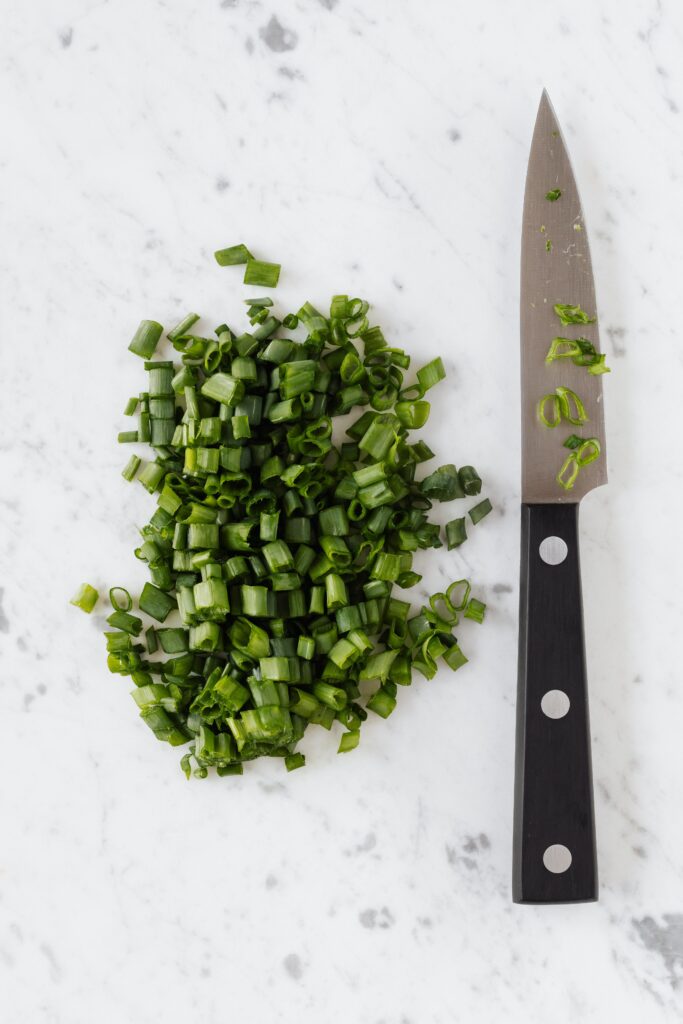
How Long Can Spring Onions Last?
Spring onions, like most fresh vegetables, have a limited shelf life. The exact duration can vary depending on various factors, such as the freshness at the time of purchase, storage conditions, and the variety of spring onions. However, here are some general guidelines on how long spring onions can last:
Fresh Spring Onions (Uncut)
When kept unwashed and uncut, fresh spring onions can last for about 1 to 2 weeks. It’s best to store them in the refrigerator, either wrapped loosely in a damp paper towel or stored in a perforated plastic bag to maintain moisture.
Cut Spring Onions
Once the spring onions are cut or chopped, their shelf life decreases significantly. Cut spring onions should be stored in an airtight container or sealed plastic bag and used within a few days for optimal freshness.
Cooked Spring Onions
If you have cooked spring onions leftover, they can be stored in the refrigerator in an airtight container for about 3 to 4 days. However, keep in mind that the texture and flavor may deteriorate with time.
It’s important to note that these are general guidelines, and the freshness and quality of spring onions can vary. Always check for any signs of spoilage, such as wilting, browning, or a foul smell, before using them. If the spring onions show significant signs of spoilage, it’s best to discard them.
To maximize the shelf life of spring onions, it’s advisable to use them as soon as possible after purchase or harvest. If you have an abundance of spring onions, consider preserving them by freezing or drying for longer-term storage.
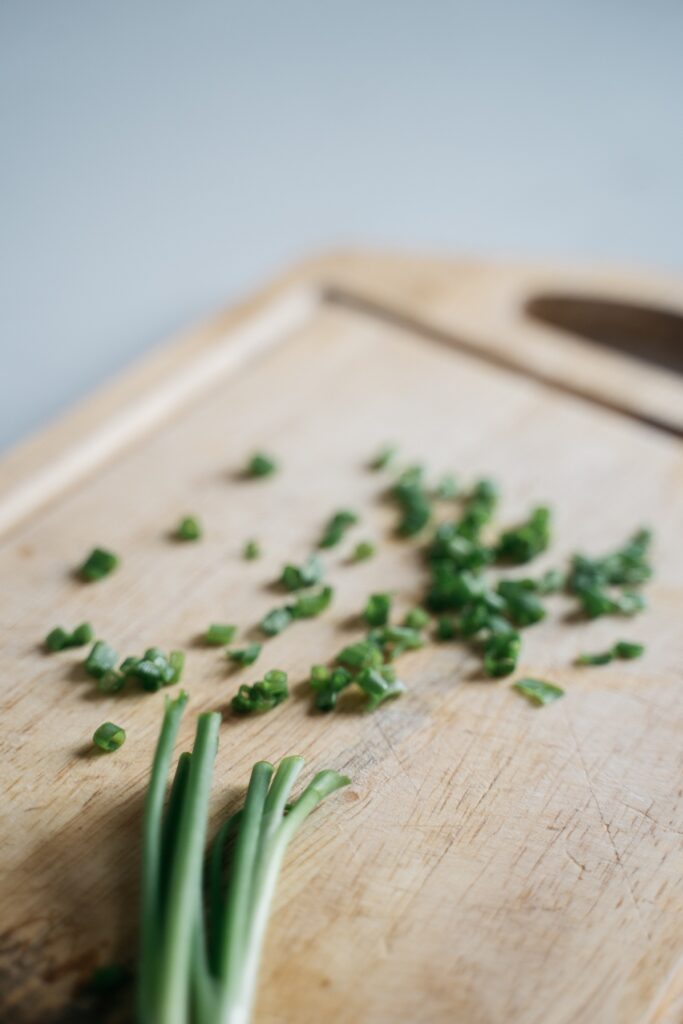
The Best Substitutes for Spring Onions
Green Onions (Scallions)
Green onions, also known as scallions, are the most popular substitute for spring onions. They have a similar appearance, with long green stalks and small white bulbs. The taste is slightly milder, making them versatile in a wide range of recipes.
Shallots
Shallots offer a delicate and sweet onion flavour, making them an excellent substitute for spring onions in salads, dressings, and sauces. They have reddish-brown papery skin and a distinctive elongated shape.
Chives
Chives belong to the same allium family as spring onions and offer a subtle onion flavour. They have thin green stalks and are commonly used as a garnish. Chives work well as a substitute when a milder onion flavour is desired.
Leeks
Leeks are another great substitute, especially in cooked dishes. They have a milder flavour compared to spring onions and can be used in soups, stews, and sautés. Ensure to wash leeks thoroughly to remove any dirt or sand trapped between the layers.
Regular Onions
If you have regular onions on hand, they can be used as a substitute for spring onions in cooked dishes. Simply chop them finely and use the white and light green parts to add a similar onion flavour.
Onion Powder
When fresh spring onions aren’t available, onion powder can be used as a substitute. Use it sparingly to add an onion flavour to your dishes. Start with a small amount and adjust to taste.
Conclusion
While spring onions add a unique flavour and freshness to dishes, there are several substitutes you can turn to when they’re not readily available. From green onions and shallots to chives and leeks, each option brings its own distinct qualities to recipes. Don’t be afraid to experiment and find the substitute that best suits your dish and personal taste preferences. With these alternatives, you can continue creating delicious meals even without spring onions in your pantry.

Christopher is a food and lifestyle expert, recipe developer and the content creator behind May Eighty Five. With years of experience in the kitchen, he also shares tips, tricks and how to’s that he has learnt over the years. Every week, he shares quick, simple and mostly healthy recipes along with some home and entertaining tips. You will find flavorful cocktails, delicious appetizers, tasty mains and some indulgent desserts. As a home decor enthusiast, he also likes to share simple DIY projects and simple tips for a beautiful home.




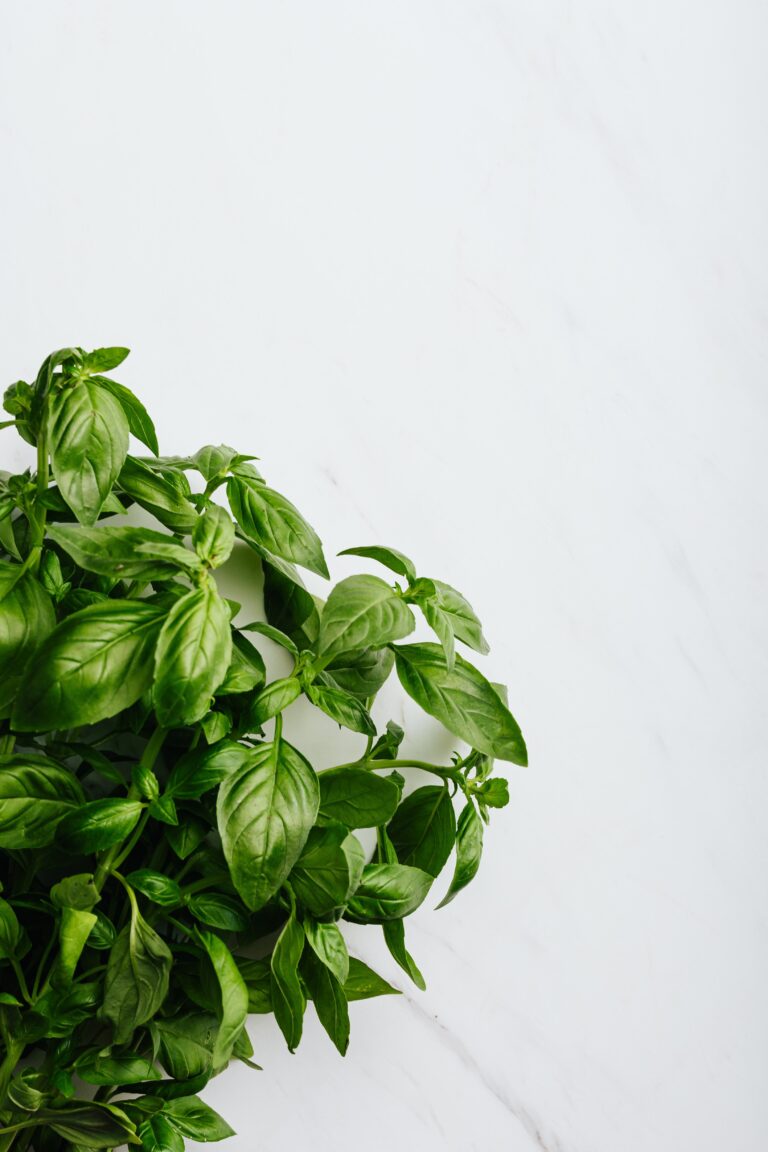
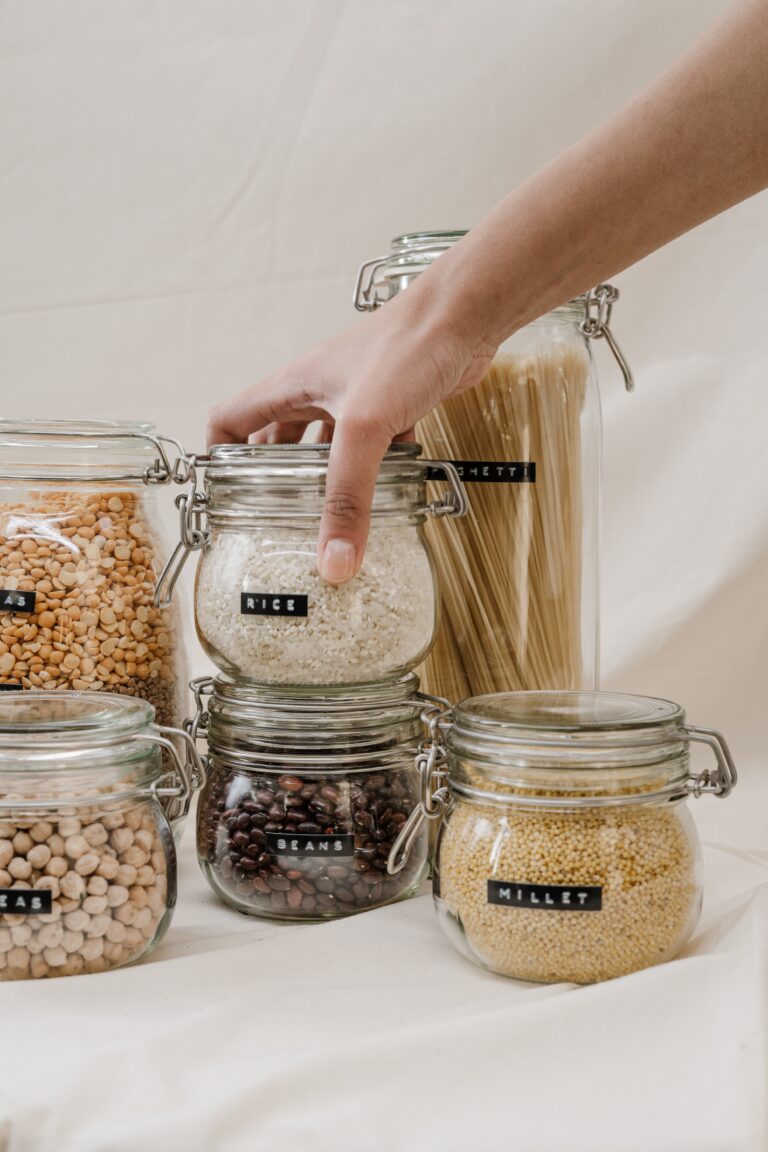
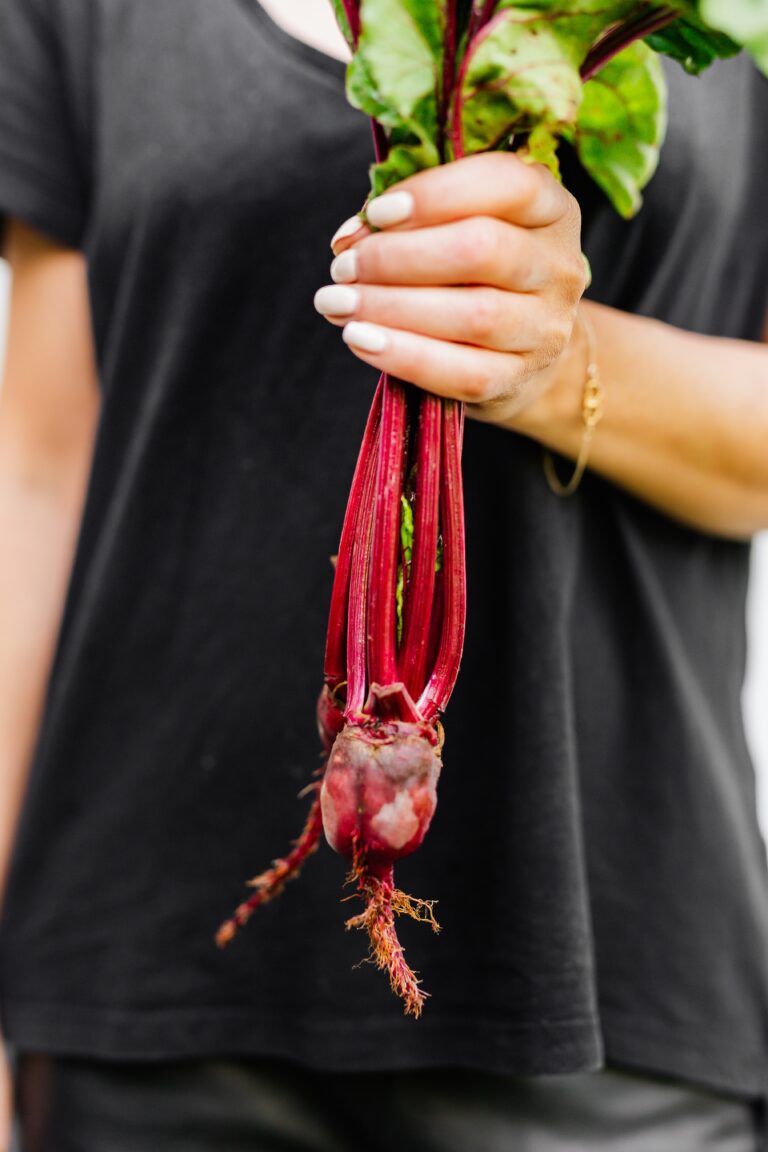

6 Comments